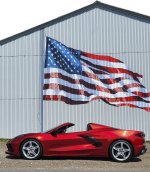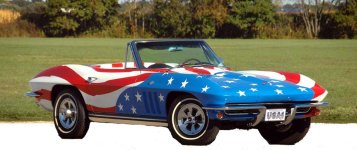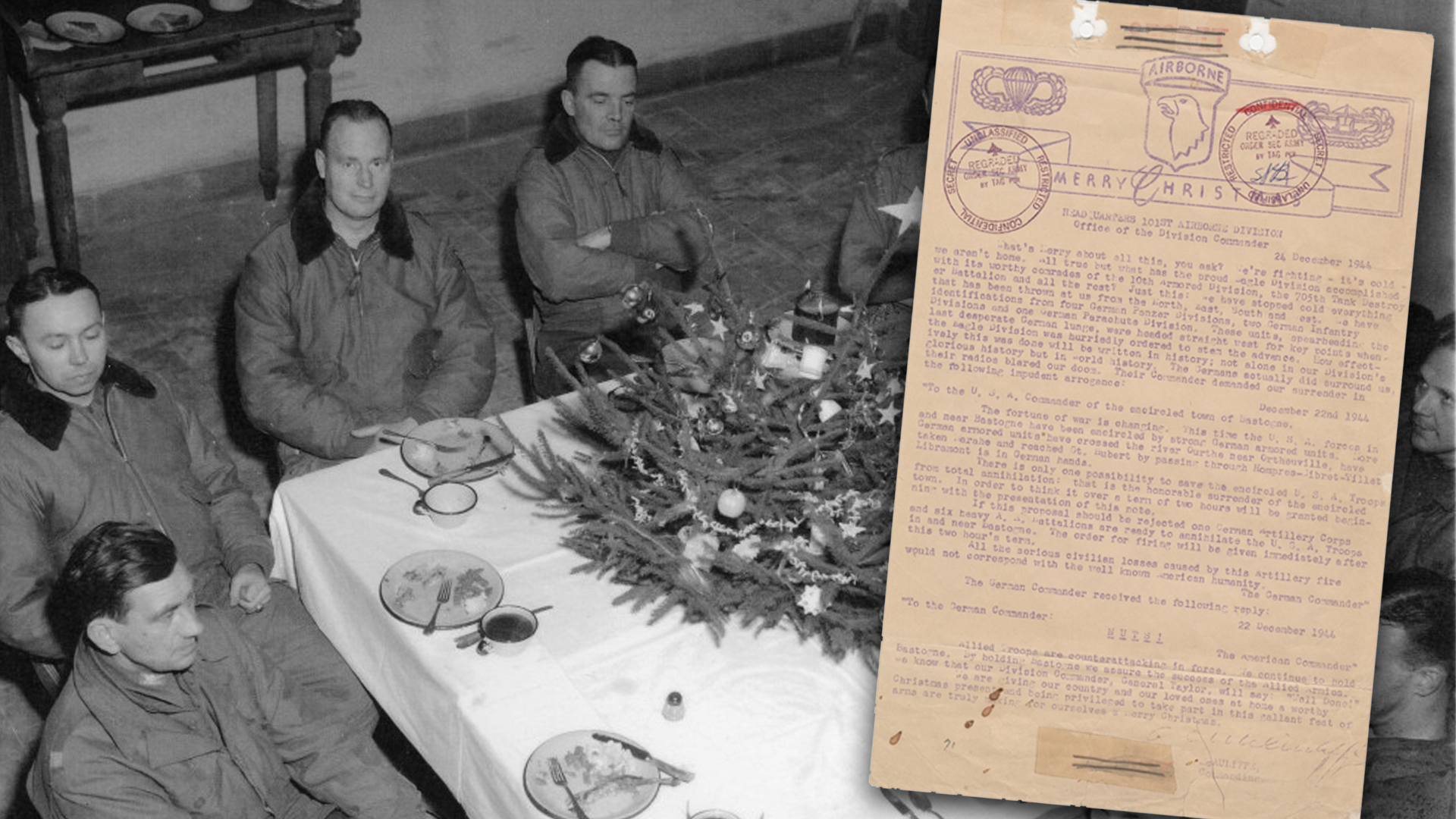teamzr1
Supporting vendor
The U.S. Army was founded on 14 June 1775, when the Continental Congress authorized enlistment of riflemen to serve the United Colonies for one year.
The 14 June date is when Congress adopted "the American continental army" after reaching a consensus position in The Committee of the Whole. This procedure and the desire for secrecy account for the sparseness of the official journal entries for the day.
The record indicates only that Congress undertook to raise ten companies of riflemen, approved an enlistment form for them, and appointed a committee (including Washington and Schuyler) to draft rules and regulations for the government of the army. The delegates' correspondence, diaries, and subsequent actions make it clear that they really did much more.
They also accepted responsibility for the existing New England troops and forces requested for the defense of the various points in New York. The former were believed to total 10,000 men; the latter, both New Yorkers and Connecticut men, another 5,000.
At least some members of Congress assumed from the beginning that this force would be expanded. That expansion, in the form of increased troop ceilings at Boston, came very rapidly as better information arrived regarding the actual numbers of New England troops. By the third week in June delegates were referring to 15,000 at Boston.
When on 19 June Congress requested the governments of Connecticut, Rhode Island, and New Hampshire to forward to Boston "such of the forces as are already embodied, towards their quotas of the troops agreed to be raised by the New England Colonies," it gave a clear indication of its intent to adopt the regional army.
Discussions the next day indicated that Congress was prepared to support a force at Boston twice the size of the British garrison, and that it was unwilling to order any existing units to be disbanded. By the first week in July delegates were referring to a total at Boston that was edging toward 20.000. Maximum strengths for the forces both in Massachusetts and New York were finally established on 21 and 22 July, when solid information was on hand. These were set, respectively, at 22,000 and 5,000 men, a total nearly double that envisioned on 14 June.
The "expert riflemen" authorized on 14 June were the first units raised directly as Continentals. Congress intended to have the ten companies serve as a light infantry force for the Boston siege. At the same time it symbolically extended military participation beyond New England by allocating 6 of the companies to Pennsylvania, 2 to Maryland, and 2 to Virginia.
Each company would have a captain, 3 lieutenants, 4 sergeants, 4 corporals, a drummer (or horn player), and 68 privates. The enlistment period was set at one year, the norm for the earlier Provincials, a period that would expire on 1 July 1776. Responsibility for recruiting the companies was given to the three colonies' delegates, who in turn relied on the county committees of those areas noted for skilled marksmen.
The response in Pennsylvania's western and northern frontier counties was so great that on 22 June the colony's quota was increased from six to eight companies, organized as a regiment. On 25 June the Pennsylvania delegates, with authority from the Pennsylvania Assembly, appointed field officers for the regiment. Since there was no staff organization, company officers and volunteers performed the necessary duties.
On 11 July delegate George Read secured the adoption of a ninth company that his wife's nephew had organized in Lancaster County. In Virginia Daniel Morgan raised one company in Frederick County, and Hugh Stephenson raised another in Berkeley County. Michael Cresap's and Thomas Price's Maryland companies were both from Frederick County. All thirteen companies were organized during late June and early July. They then raced to Boston, where their frontier attitudes created disciplinary problems.
Also
Flag Day is celebrated in America on June 14, commemorating the day the first flag resolution was passed.
On June 14, 1777, less than one year after Betsy Ross had received the order from General Washington to make the first flag, the Second Continental Congress passed a flag resolution stating:
Resolved, That the flag of the United States be thirteen stripes, alternate red and white; that the union be thirteen stars, white in a blue field, representing a new Constellation.
The first national observance of Flag Day was on June 14, 1877; 100 years after the flag resolution was adopted by the Continental Congress.
In the late 19th century, schoolteachers all over the United States began conducting patriotic ceremonies commemorating Flag Day as a way to teach children about history. One such schoolteacher, Bernard J. Cigrand, is often referred to as the “Father of Flag Day.” He lobbied Congress for many years for Flag Day to be officially observed.
Other patriotic groups, including the Colonial Dames and the Sons of the American Revolution, also spent years trying to convince Congress to make Flag Day official. In 1916, President Woodrow Wilson issued a proclamation stating that June 14 shall be National Flag Day, and in 1949, it was made official by an Act of Congress.
On June 14, 1891, the Betsy Ross House began publicly celebrating Flag Day, and has been celebrating Flag Day every year since 1911. Since 2008, the Betsy Ross House has revived the patriotic zeal of the earliest celebrations with Flag Fest – an all day, old-fashioned, family fun street fair with games, live entertainment, a patriotic pet contest, shopping and more, celebrated on the Saturday before Flag Day.



The 14 June date is when Congress adopted "the American continental army" after reaching a consensus position in The Committee of the Whole. This procedure and the desire for secrecy account for the sparseness of the official journal entries for the day.
The record indicates only that Congress undertook to raise ten companies of riflemen, approved an enlistment form for them, and appointed a committee (including Washington and Schuyler) to draft rules and regulations for the government of the army. The delegates' correspondence, diaries, and subsequent actions make it clear that they really did much more.
They also accepted responsibility for the existing New England troops and forces requested for the defense of the various points in New York. The former were believed to total 10,000 men; the latter, both New Yorkers and Connecticut men, another 5,000.
At least some members of Congress assumed from the beginning that this force would be expanded. That expansion, in the form of increased troop ceilings at Boston, came very rapidly as better information arrived regarding the actual numbers of New England troops. By the third week in June delegates were referring to 15,000 at Boston.
When on 19 June Congress requested the governments of Connecticut, Rhode Island, and New Hampshire to forward to Boston "such of the forces as are already embodied, towards their quotas of the troops agreed to be raised by the New England Colonies," it gave a clear indication of its intent to adopt the regional army.
Discussions the next day indicated that Congress was prepared to support a force at Boston twice the size of the British garrison, and that it was unwilling to order any existing units to be disbanded. By the first week in July delegates were referring to a total at Boston that was edging toward 20.000. Maximum strengths for the forces both in Massachusetts and New York were finally established on 21 and 22 July, when solid information was on hand. These were set, respectively, at 22,000 and 5,000 men, a total nearly double that envisioned on 14 June.
The "expert riflemen" authorized on 14 June were the first units raised directly as Continentals. Congress intended to have the ten companies serve as a light infantry force for the Boston siege. At the same time it symbolically extended military participation beyond New England by allocating 6 of the companies to Pennsylvania, 2 to Maryland, and 2 to Virginia.
Each company would have a captain, 3 lieutenants, 4 sergeants, 4 corporals, a drummer (or horn player), and 68 privates. The enlistment period was set at one year, the norm for the earlier Provincials, a period that would expire on 1 July 1776. Responsibility for recruiting the companies was given to the three colonies' delegates, who in turn relied on the county committees of those areas noted for skilled marksmen.
The response in Pennsylvania's western and northern frontier counties was so great that on 22 June the colony's quota was increased from six to eight companies, organized as a regiment. On 25 June the Pennsylvania delegates, with authority from the Pennsylvania Assembly, appointed field officers for the regiment. Since there was no staff organization, company officers and volunteers performed the necessary duties.
On 11 July delegate George Read secured the adoption of a ninth company that his wife's nephew had organized in Lancaster County. In Virginia Daniel Morgan raised one company in Frederick County, and Hugh Stephenson raised another in Berkeley County. Michael Cresap's and Thomas Price's Maryland companies were both from Frederick County. All thirteen companies were organized during late June and early July. They then raced to Boston, where their frontier attitudes created disciplinary problems.
Also
Flag Day is celebrated in America on June 14, commemorating the day the first flag resolution was passed.
On June 14, 1777, less than one year after Betsy Ross had received the order from General Washington to make the first flag, the Second Continental Congress passed a flag resolution stating:
Resolved, That the flag of the United States be thirteen stripes, alternate red and white; that the union be thirteen stars, white in a blue field, representing a new Constellation.
The first national observance of Flag Day was on June 14, 1877; 100 years after the flag resolution was adopted by the Continental Congress.
In the late 19th century, schoolteachers all over the United States began conducting patriotic ceremonies commemorating Flag Day as a way to teach children about history. One such schoolteacher, Bernard J. Cigrand, is often referred to as the “Father of Flag Day.” He lobbied Congress for many years for Flag Day to be officially observed.
Other patriotic groups, including the Colonial Dames and the Sons of the American Revolution, also spent years trying to convince Congress to make Flag Day official. In 1916, President Woodrow Wilson issued a proclamation stating that June 14 shall be National Flag Day, and in 1949, it was made official by an Act of Congress.
On June 14, 1891, the Betsy Ross House began publicly celebrating Flag Day, and has been celebrating Flag Day every year since 1911. Since 2008, the Betsy Ross House has revived the patriotic zeal of the earliest celebrations with Flag Fest – an all day, old-fashioned, family fun street fair with games, live entertainment, a patriotic pet contest, shopping and more, celebrated on the Saturday before Flag Day.





